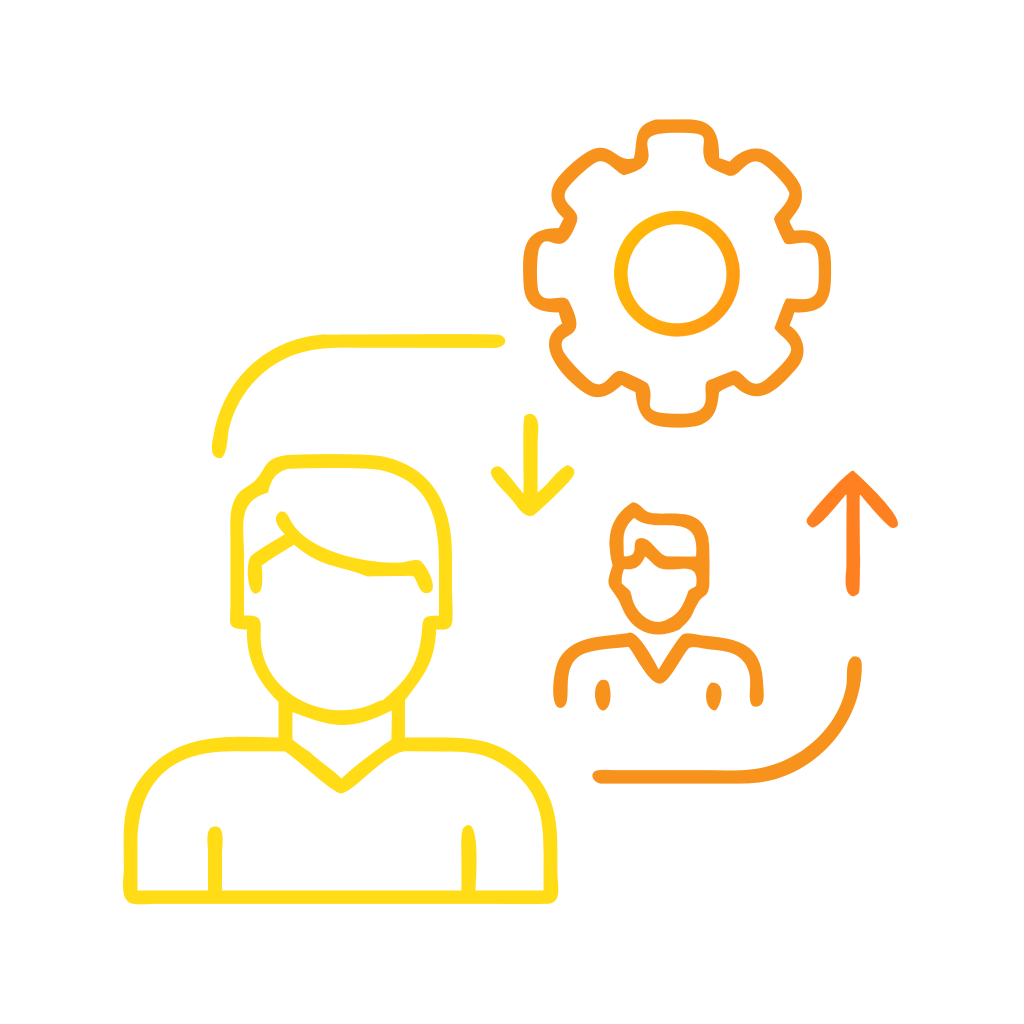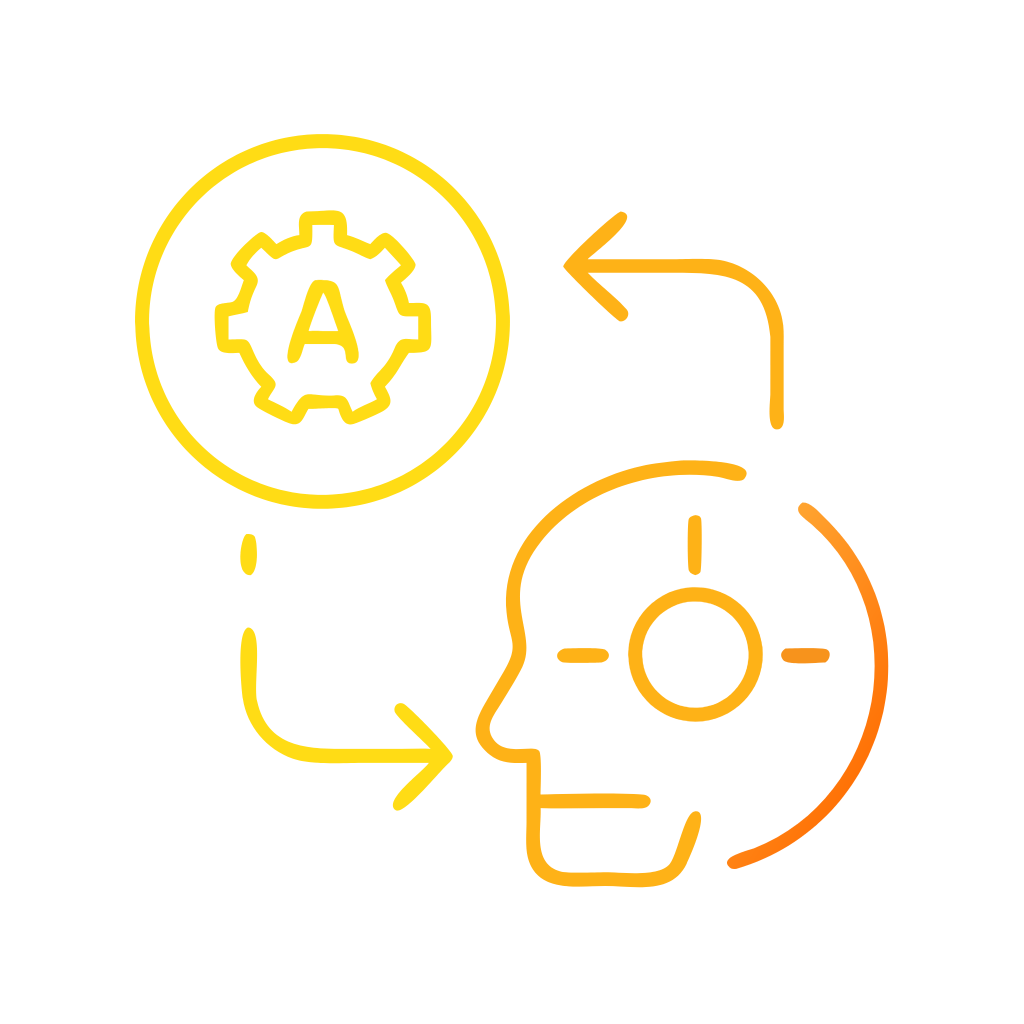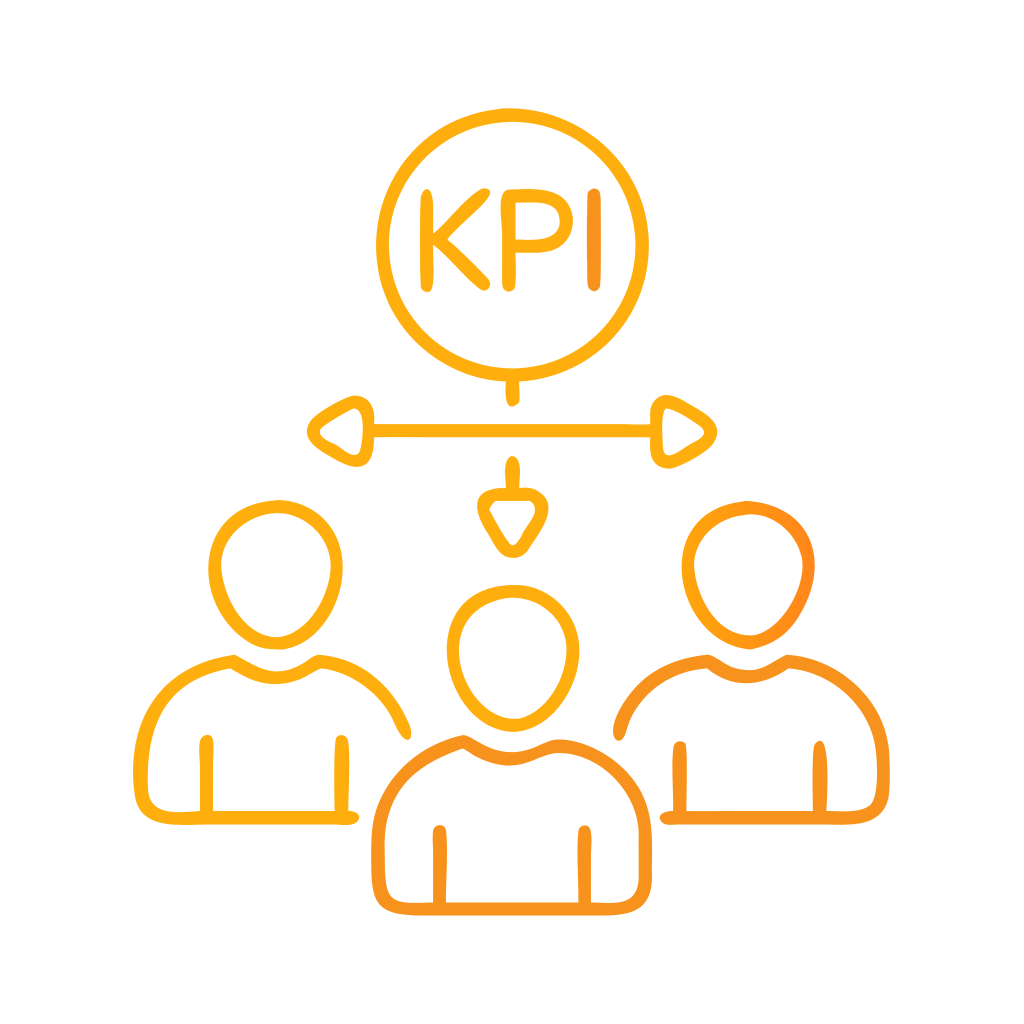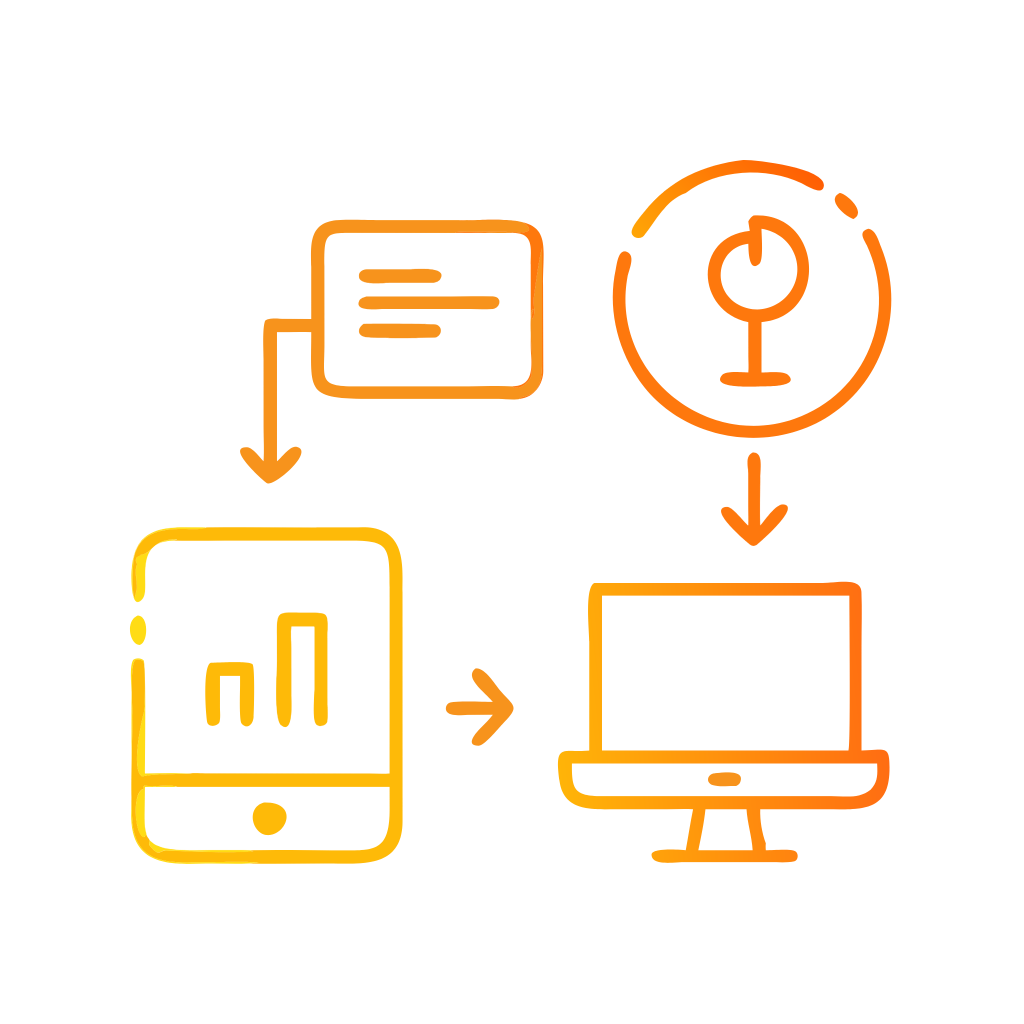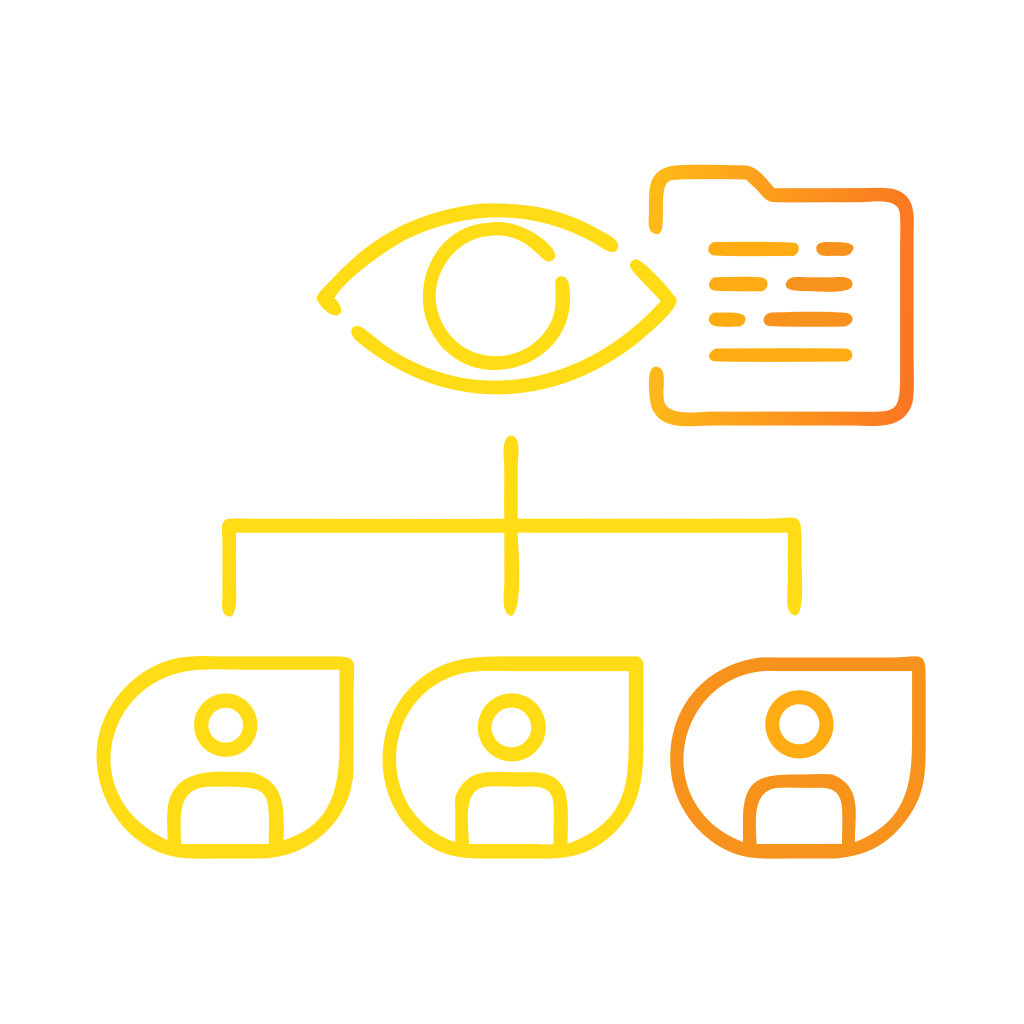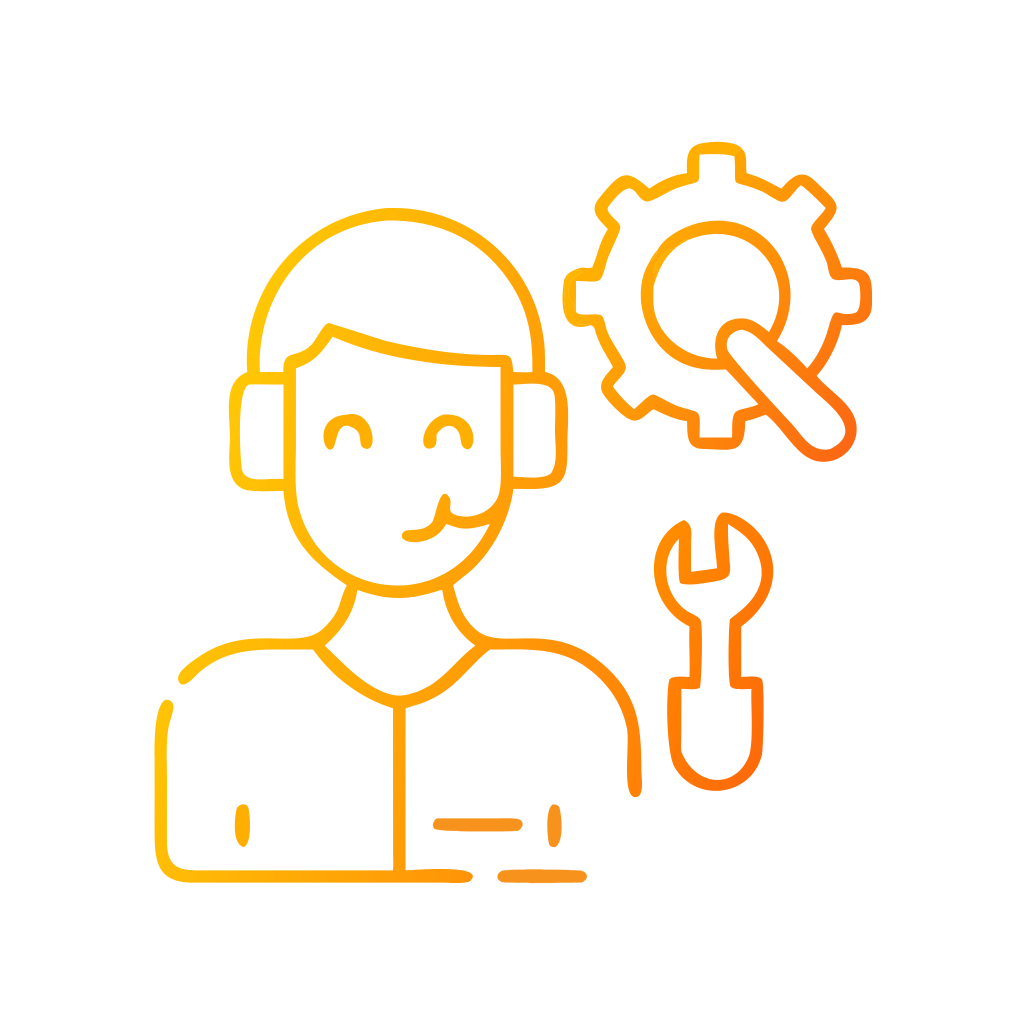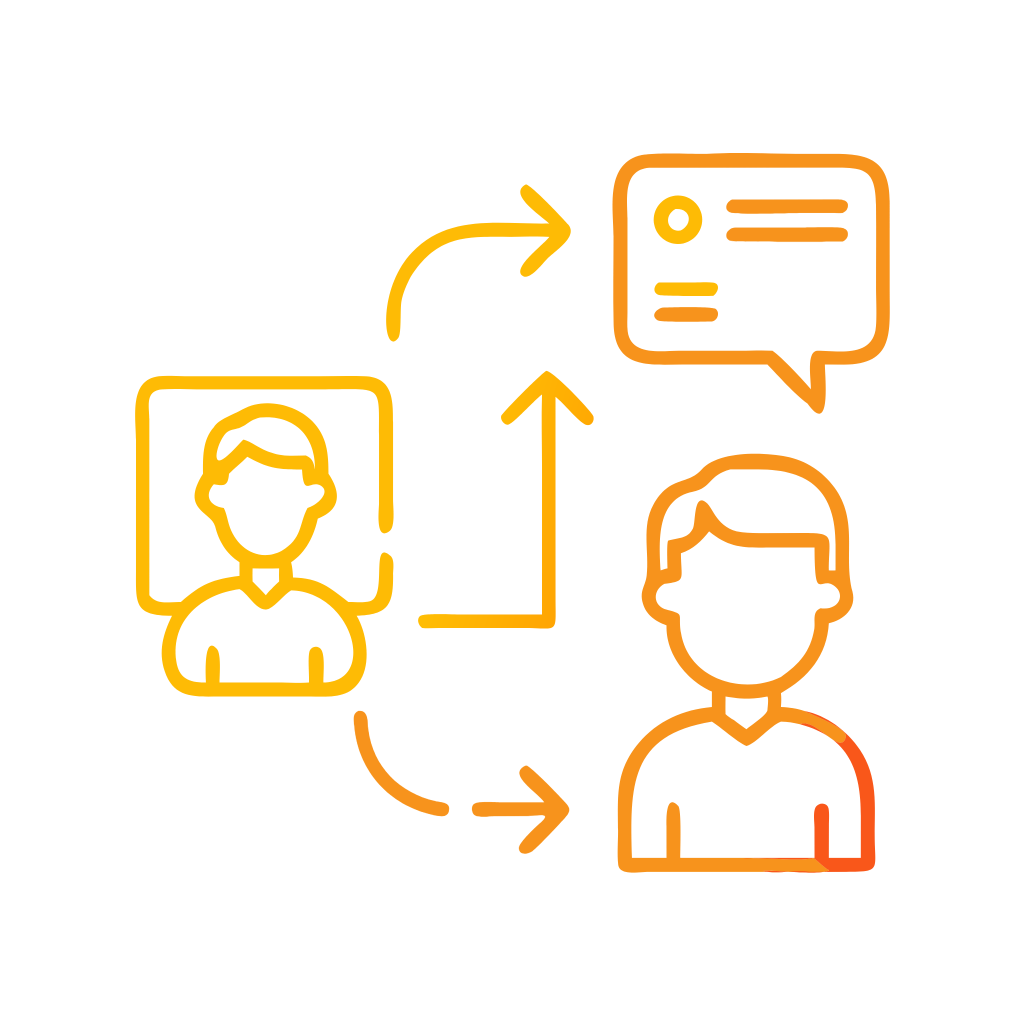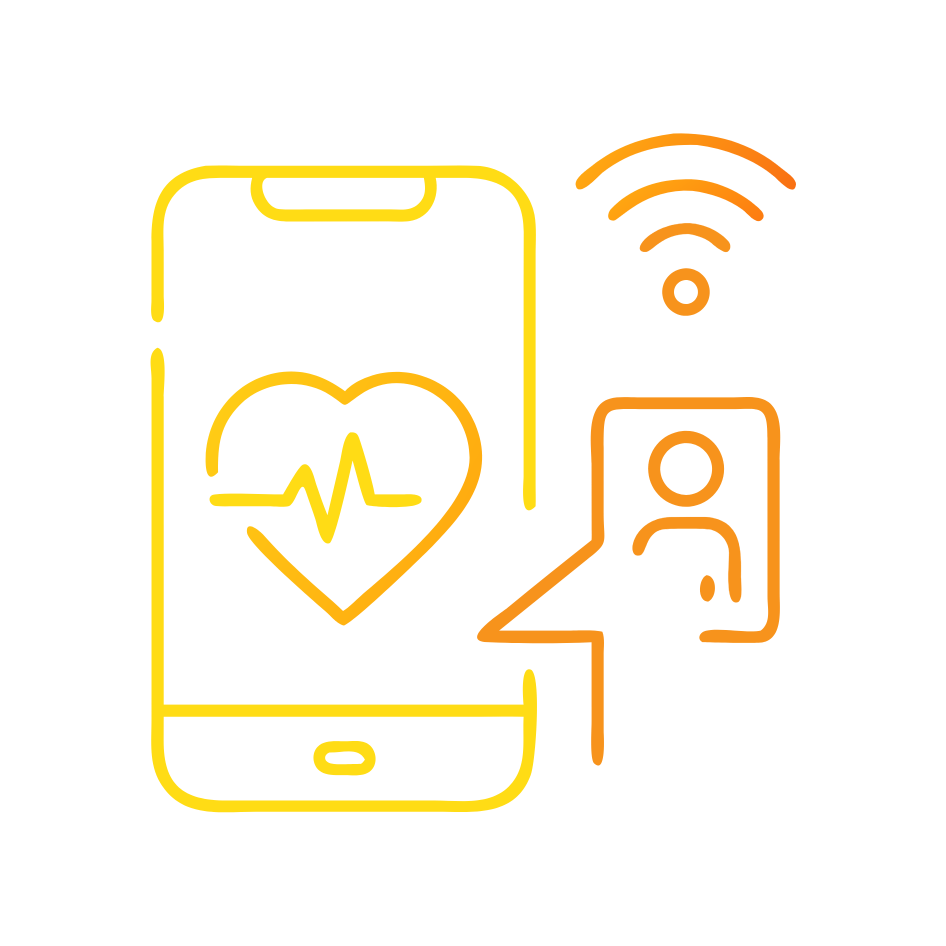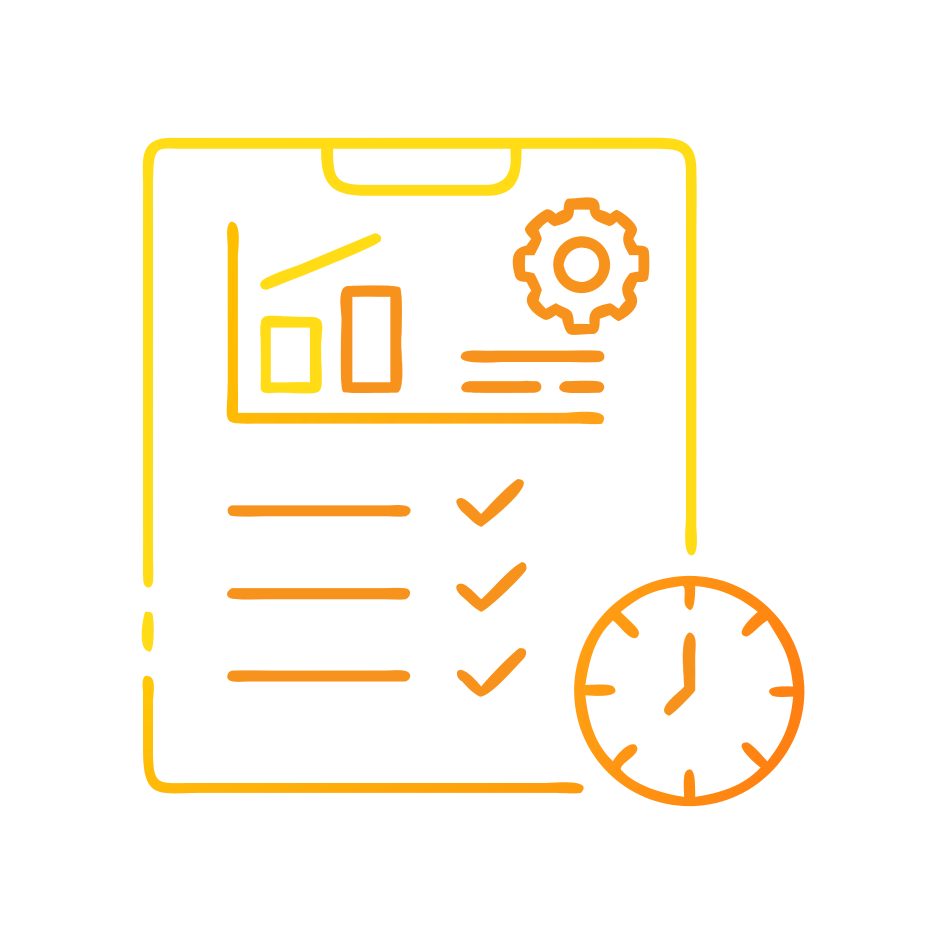As we reflect on the challenges of the Covid-19 lockdown we can take a lesson from those companies that faired the best to prepare for recovery and a possible second wave.
The three common themes are:
- Protect Employee Productivity – Implement an effective work from home model
- Protect Revenue – Digitise services to retain customers
- Protect Continuance of Service – Contingency Planning and Technology to enable point 1 and 2 above.
During the scramble as we went into Covid-19 lockdown many companies did exactly what they had to in order to continue operating. With their heads down, they were quick to move their staff to operate from home. Mostly organisations were able to move and create band-aid workarounds to limitations they may have had. Here are a few challenges companies we work with have seen:
- No cloud-based telephony platform with call centre agents having diverted calls to their mobiles
- Staff moving furniture to homes to deliver work
- Losing their remote workforce overnight creating massive service wait times
- Having to close operations without a comparable digital service that could fill the void
- Staff losing jobs while other business can’t hire fast enough
- Recognition that small companies who were previously sales channels could not provide the digital channel required without support by the supplier and therefore stopped selling products
The opportunity now lies in learnings from the last few months and working hard to bridge the gaps in our current services. This presents a rare opportunity where change is acceptable in companies that will allow services to be better and less expensive driving our nations competitive advantage. Lets explore the key themes…
1. Protect Employee Productivity – Implement an effective work from home model
It has been proven that work from home models can be more productive when managed right and the optimum model historically has been a blended work from home and office model. Our learnings from the work from home model that can be applied in the office have been summarised in a Work From Home Best Practice operational framework, illustrated below.
We recommend using the COPC best practices initially as a standard framework for operational performance and then apply the best practice framework. It also provides a review framework to assess your company’s capabilities for work from home and where gaps can be filled. The most significant shift has been to migrate many workforces from workload monitored workplaces to objective managed workplaces. This shift empowers employees and when managed well with a governance framework has resulted in material productivity and quality gains.
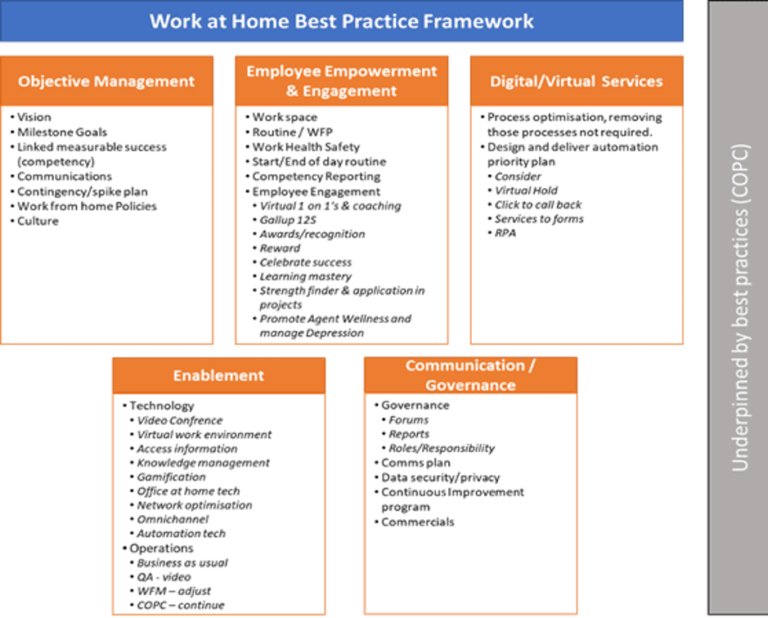
2. Protect Revenue – Digitise services to retain customers
Digital services have become the preferred channel of service during Covid-19 lockdown. Those without digital services have seen material revenue drops. Now is the time to build out your digital service strategy and prioritise the services that will generate revenue. Ideally, build a better service ensuring these services are able to meet the demand that might be lost from other channels. Large companies need to consider how they provide these tools to their sales channels too, so this channel can continue to sell. If time can be found to understand how you create value to your customers, what their needs are, what their journey is and how this could be enhanced via a digital channel – this is key. This does require some creative thinking, market scanning and courage.
For example, a club we work for is embarking on a digital channel to continue to provide a local community connected, cost effective quality meals and entertainment service. The community needs these services so without face to face solutions they sought out online alternatives. The club is providing relevant local community services including food order and deliveries, community social updates and local gaming as part of their digital solution. Our observation is that these services have helped avoid the poor mental and physical health effects Covid-19 isolation could bring.
Here are some examples of how we plan and explore digitising services, intentionally blurry, to give you an idea.
Plan
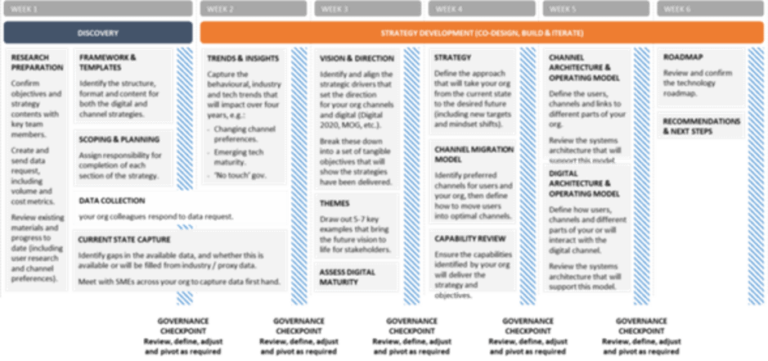
Integrated Channel Approach
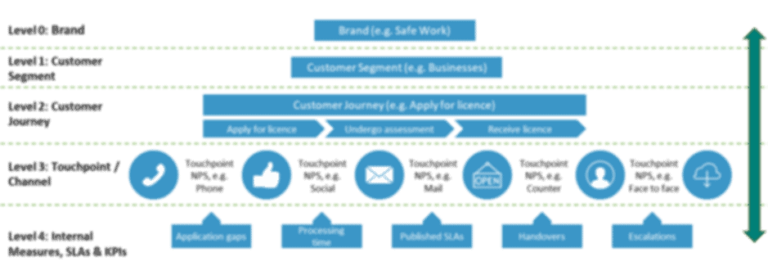
Journey Map
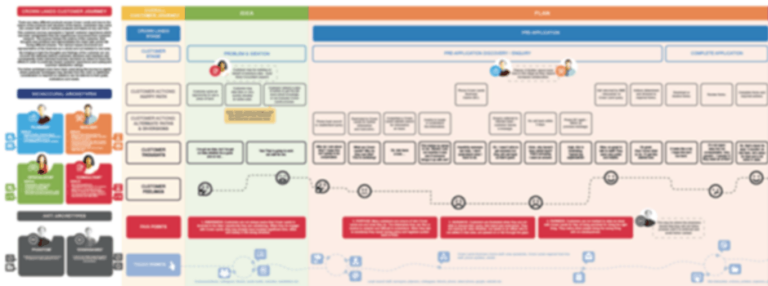
Prioritise Digital Projects
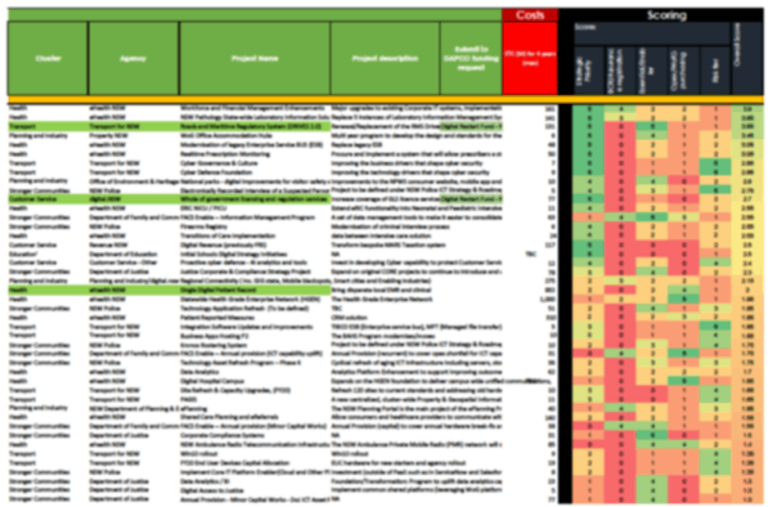
3. Protect Continuance of Service – Contingency Planning and Technology to enable point 1 and 2 above.
Now is the time to review the gaps in the contingency plan and what technology is needed. Where was the quality of service dropped? Where were people no longer productive since they lacked tools, access or support? We recommend reflecting on lessons learned from Covid-19 lockdown around what worked and what did not. Identify the gaps and build a specific project that resolves the gaps and rebuilds your contingency plan.
Our clients drove our experience. Some did not have cloud-based telephony/digital service platforms, they were not able to share files easily or provide effective coaching to their team. Some could not scale down fast enough and some had to scale up thousands of people in weeks. As a result, we have built an offering called Rapid Response that can scale up and down technology, people and processes in a day. It can be accessed by a remote workforce and comes with many of our best practices built in. We recommend others considering solutions like these to support your teams.
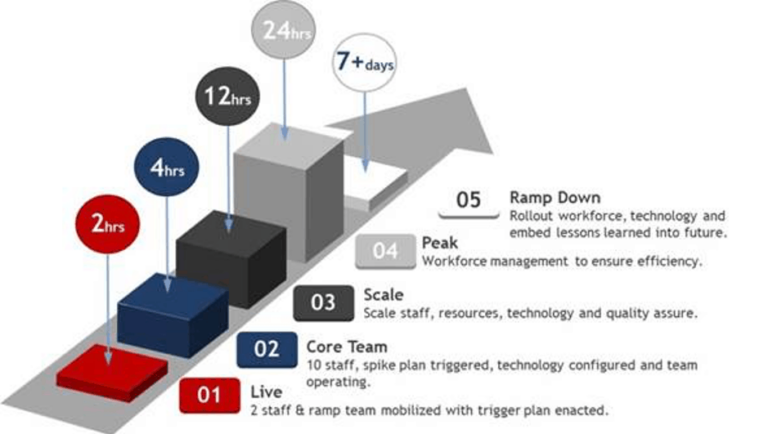
So as you consider what next for your services, we encourage you to consider the three pillars above. We hope it provides a few small insights that will support your businesses success over the coming months.
For more information or to discuss how to set yourself up for the recovery please reach out.



